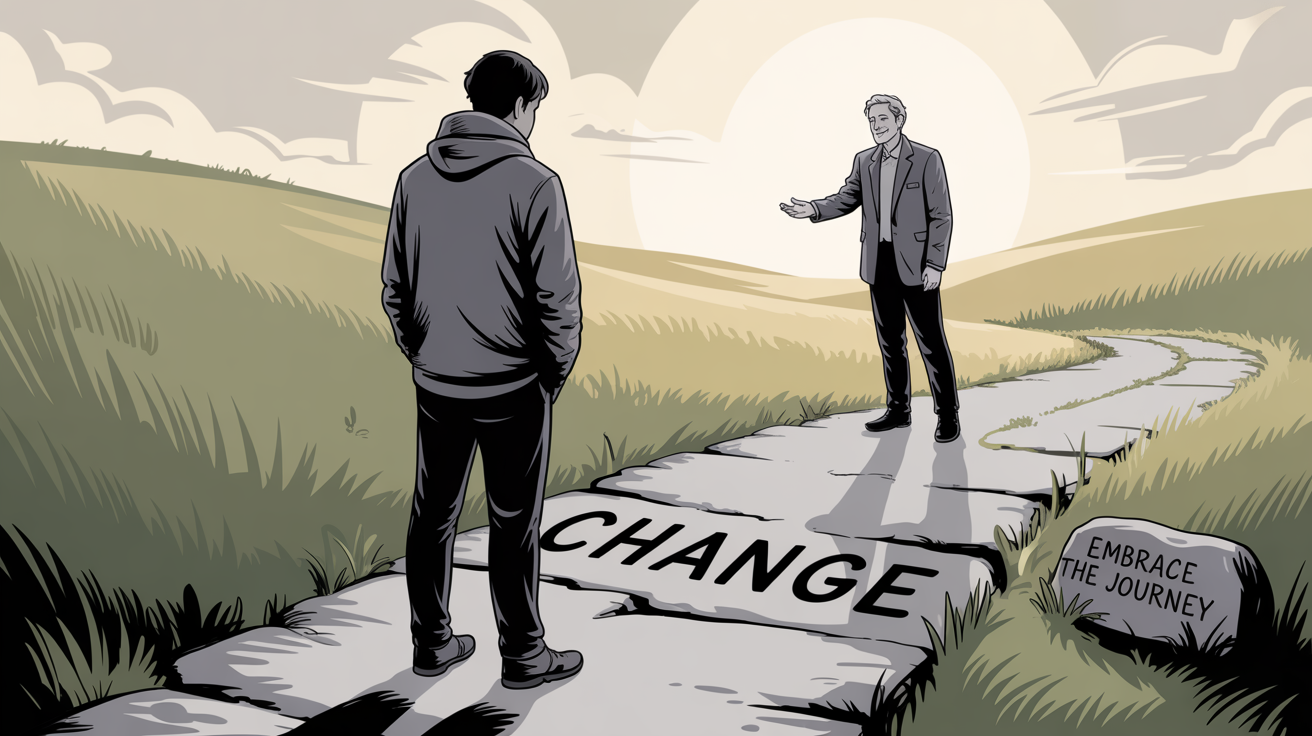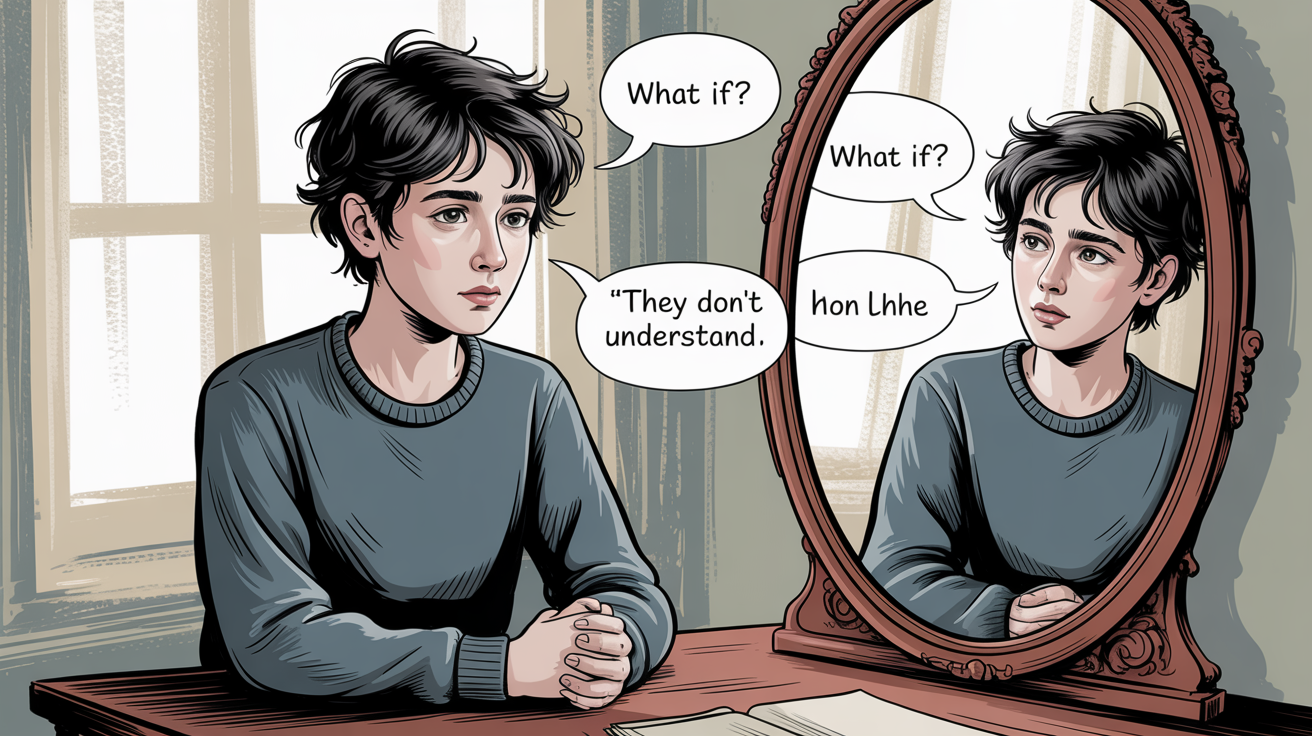Why are celebrity stampedes making headlines in India?
In recent months, India has witnessed tragic crowd incidents at major celebrity-driven events—from a film premiere in Hyderabad to a cricket victory parade in Bengaluru. These events spiraled into chaos due to crowd surges, causing injuries and deaths. With celebrities like Allu Arjun and Virat Kohli involved, public interest and scrutiny has surged.
Contents
- 1 What happened at the Pushpa 2 premiere?
- 2 What went wrong at RCB’s IPL victory parade?
- 3 What are the common causes of such stampedes?
- 4 Why do people get emotional at celebrity events?
- 5 What should crisis and event managers learn from these tragedies?
- 6 How does media coverage influence public reaction?
- 7 Are these incidents avoidable?
- 8 What are some steps fans can take?
- 9 Why is this a trend now?
- 10 What can students of mass communication learn?
What happened at the Pushpa 2 premiere?
On December 4, 2024, fans flocked to Sandhya Theatre in Hyderabad for a glimpse of Allu Arjun at a special premiere of Pushpa 2. Tragically, a woman lost her life and her child was critically injured. The lack of planning and security protocols raised serious concerns.
What went wrong at RCB’s IPL victory parade?
On June 5, 2025, RCB’s historic IPL win brought over 2 lakh fans to the M. Chinnaswamy Stadium and surrounding streets. The event, intended as a public celebration, became unmanageable due to overcrowding. The result? 11 deaths, dozens injured, and a haunting reminder of the dangers of poor planning.
What are the common causes of such stampedes?
According to experts in disaster and crowd science, stampedes often result from:
- Overcrowding beyond venue capacity
- Absence of emergency exits and barriers
- Poor communication between stakeholders
- Emotional panic triggered by sudden crowd movements
Why do people get emotional at celebrity events?
In India, celebrities are often seen as demigods. Fans queue up for hours, sometimes days, just to catch a glimpse. This intense emotional energy, when not managed by structured protocols, can turn dangerous. Combine that with social media hype, and crowd expectations multiply exponentially.
What should crisis and event managers learn from these tragedies?
✅ Lessons in Event & Crisis Management:
- Risk Forecasting: Predict crowd size using past event data and current fan sentiment.
- Stakeholder Sync: Ensure all stakeholders (police, event crew, medical staff) have a central control plan.
- Public Communication: Update the public via verified channels (radio, loudspeakers, social media).
- On-Ground Execution: Use trained crowd managers, real-time surveillance, barricading, and emergency drills.
- Legal Compliance: Secure event permissions, insurance, and first responder support in advance.
How does media coverage influence public reaction?
Media, especially visual-first platforms, amplify the emotional impact of such tragedies. Live videos, viral tweets, and influencer opinions shape public narrative, often placing pressure on celebrities and governments alike.
Are these incidents avoidable?
Yes, but only with proactive planning and accountability. Countries like the UK and Japan use AI-powered crowd simulations and emergency grid layouts. In India, the challenge lies in enforcement, coordination, and respecting crowd psychology.
What are some steps fans can take?
Fans must also play a part:
- Follow official event advisories
- Avoid rushing or overcrowding barricades
- Stay hydrated and aware of exits
- Help others in distress rather than filming viral videos
Why is this a trend now?
With increased fandom culture, driven by Instagram Reels, celebrity fan clubs, and real-time updates, offline frenzy mirrors online virality. Events now attract not just local fans but content creators, vloggers, and media, increasing unpredictability.
What can students of mass communication learn?
This is a case study in media ethics, public safety, and crisis communication:
- Understand how framing influences public opinion.
- Analyze crowd psychology in event planning.
- Develop content that informs without inciting panic.
- Learn the legal limits of attribution and speculation.
Subscribe to Viral and Beyond Academy and never miss a student-friendly explainer!
Disclaimer
This article is intended solely for informational and educational purposes. The events described herein are based on publicly available reports from reputable news sources, and all statements are made without any intent to defame or assign legal responsibility to any individual, celebrity, organization, or authority.
The use of public figures’ names is for contextual relevance only, and no conclusions about their involvement or liability should be drawn from this content. All opinions expressed are general in nature and should not be construed as legal, professional, or personal judgments.
Readers are encouraged to consult official investigation reports and verified updates from authorities for the most accurate and current information.



